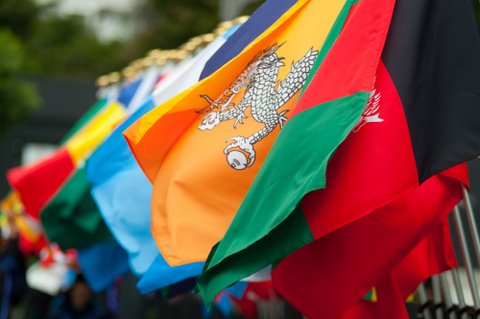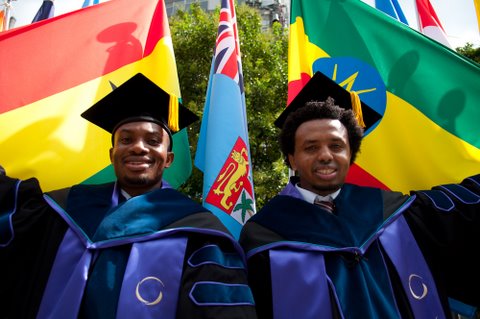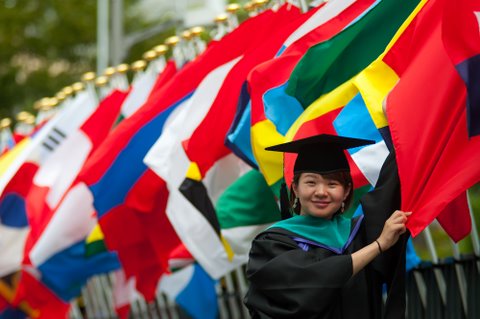Today, August 23rd, is approximately 6 weeks after submission of the report of the NAIIC, and I, as the “former chairman of the committee”, am continuing my journey to see the heads of the 12 towns and villages ruined by the Fukushima nuclear power plant accident. The purpose of my visit is to express my sympathy, as well as to thank them for their cooperation to our investigation. Everywhere I go, I see the heads and feel the people going through tremendous hardships and difficulties.
This trip is the last of my series of visits to Fukushima. I left Tokyo with two of our staffs, joined Ms. Hachisuka, the (former) committee member, at Koriyama station, and climbed into her car which she drove for about an hour to Kawauchi village where we had an appointment with Mr. Endo, the head of the village.
Then, we drove for another 2 hours, headed to Aizu-wakamatsu, where the temporary office of Okuma town is placed. We got off from the highway for lunch of Udon noodle, the local speciality, then continued our travel via the local road, viewing the beautiful Inawashiro lake to our left, and also the fields of Soba (buckwheat) flowers.
Before going to the Okuma town we had a brief stop at the temporary housings where Ms. Hachisuka also lives, and then went on to see Mr. Watanabe, the head. It was a very, very, hot day but the temporary office had no air conditioners, so the staffs were working busily in the lukewarm rooms with only some breezes coming from the fans that were placed here and there. We had a chance to take several snap shots together.
The quake and tsunami destroyed instantly the whole infrastructure and basis of the living of the people and there are yet no future prospects available whatsoever for them. I witnessed the tremendous challenges the head and staffs of the towns and villages are facing which filled me with deep sympathy and sorrows which words cannot describe.
I honestly wish that our report will serve as any assistance in turning this circumstance to a better direction as fast as possible.
Immediately after arriving at Tokyo station, I headed for a session on NAIIC on the web (in Japanese) produced by the Asahi Weekly magazine. I think we had a series of good and meaningful interactions and it lasted for about 70 minutes. Please take a look and think about it.
Now that I have completed my series of visits to all heads of the 12 cities, towns, and villages of Fukushima hit by the 3.11 disaster, I somewhat feel relieved.



